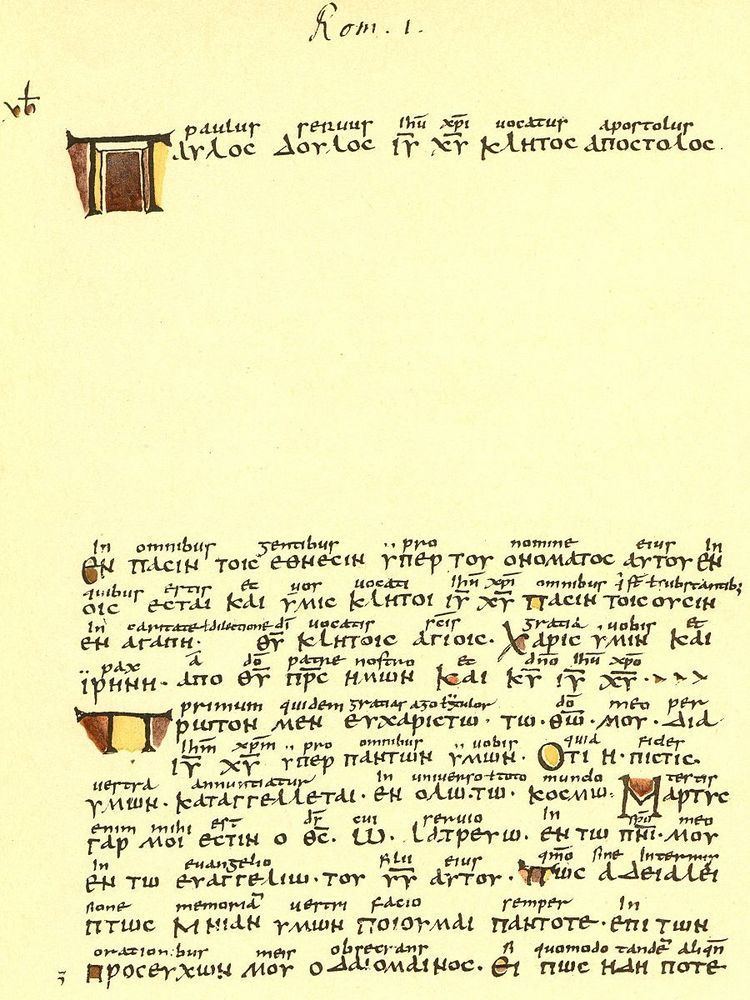 | ||
A lacuna (pl. lacunae or lacunas) is a gap in a manuscript, inscription, text, painting, or a musical work. A manuscript, text, or section suffering from gaps is said to be "lacunose" or "lacunulose". Some books intentionally add lacunas to be filled in by the owner (e.g., "The _____ played with the _____ in the _____."), often as a game or to encourage children to create their own stories.
Weathering, decay, and other damage to old manuscripts or inscriptions are often responsible for lacunae—words, sentences, or whole passages that are missing or illegible. Palimpsests are particularly vulnerable. To reconstruct the original text, the context must be considered. In papyrology and textual criticism this may lead to competing reconstructions and interpretations. Published texts that contain lacunae often mark the section where text is missing with a bracketed ellipsis. For example, "This sentence contains 20 words, and [...] nouns," or, "Finally, the army arrived at [...] and made camp."
